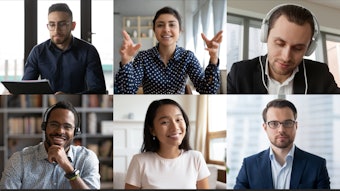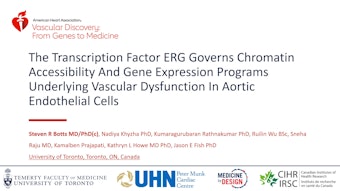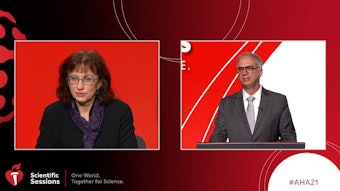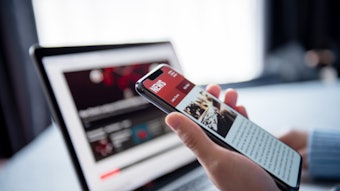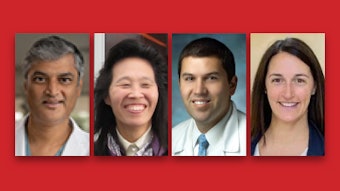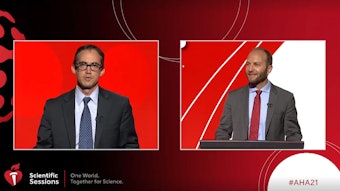Organ on demand technology leads to new CVD treatments
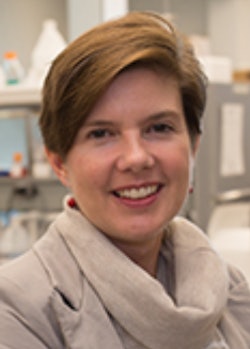
The relatively new technology of 3D printing has already taken hold in the worlds of manufacturing, education and construction, and it is continuing to make inroads in medicine as well.
“Organ on Demand: 3D Printing for CVD,” 4:30-5:30 p.m. EST, will take a closer look at the progress made in using 3D printing for heart and lung vessels to develop both research models and alternative transplant solutions.
Brenda Ogle, PhD, professor and head of the Department of Biomedical Engineering at the University of Minnesota in Minneapolis-St. Paul, said the technology has developed to such a point that it can be used to generate centimeter-scale muscle. This in turn has allowed for a new approach to generating a living, human cardiac muscle pump. Optimization of an extracellular matrix-based bioink for printing geometrically complex cardiac structures. A, Bioink formulations delineated in the Table were combined with human induced pluripotent cells (hiPSCs) and pipetted into wells to form gels.
Optimization of an extracellular matrix-based bioink for printing geometrically complex cardiac structures. A, Bioink formulations delineated in the Table were combined with human induced pluripotent cells (hiPSCs) and pipetted into wells to form gels.
“The pump can be used to impose and study changes in volumetric pressure dynamics with health and disease,” she said. “In addition, it serves as a prelude to a therapeutic tissue graft capable of compensating for the decreased function of failing hearts.”
Dr. Ogle’s presentation, “In Situ Expansion, Differentiation and Electromechanical Coupling of Human Cardiac Muscle in a 3D Bioprinted, Chambered Organoid,” will take a closer look at this technology and how it could impact the treatment of cardiovascular disease going forward.
“This advance moves the field one step closer to a cardiac graft that does not depend on a matched donor organ,” she said. “The primary learning objective of this presentation is to understand the interplay between the extracellular matrix scaffold and cardiac cell types in the context of engineered tissues.”
In addition to Dr. Ogle, the session will explore updates on the first full-size, 3D bioprinted human heart by Adam Feinberg, PhD, Carnegie Mellon University, and 3D bioprinting of pre-vascularized tissue constructs with complex microarchitecture by Shaochen Chen, BS, University of California.
Visit Scientific Sessions Conference Coverage for more articles.
Image used with permission: Kupfer et al. Circ Res. 2020;127:207–224. doi: CIRCRESAHA.119.316155. © 2020 American Heart Association, Inc.

